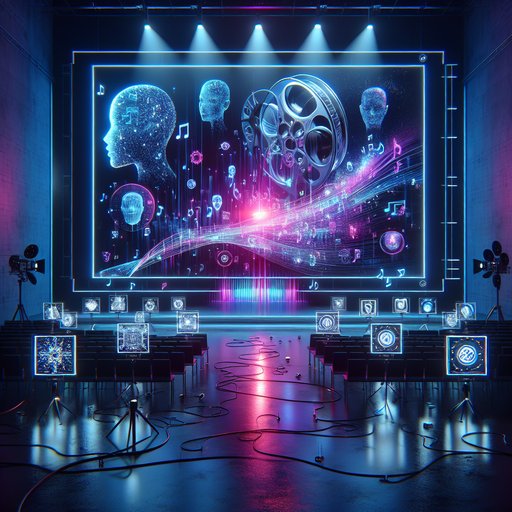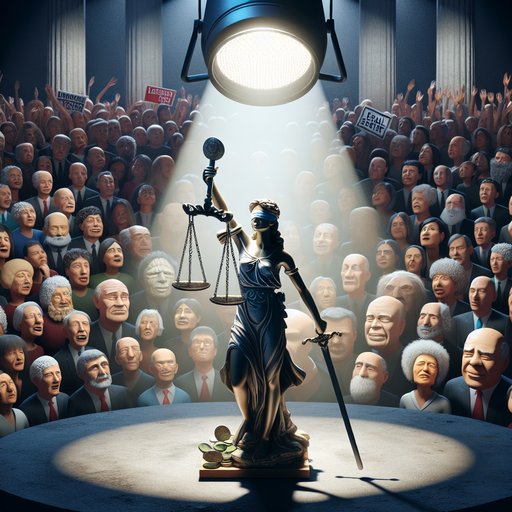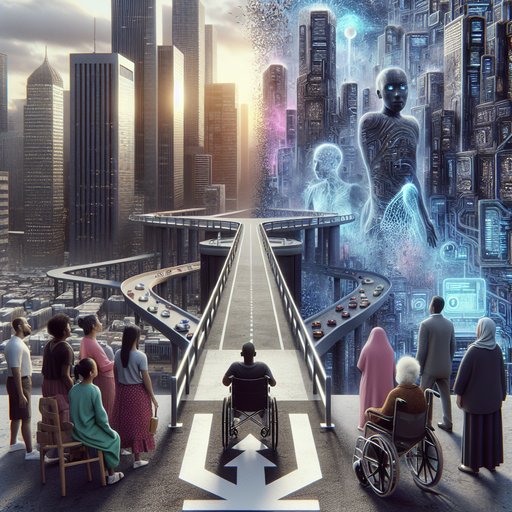
Artificial intelligence has achieved a remarkable milestone in voice synthesis technology, with new systems producing speech that is virtually indistinguishable from human voices. According to recent reports, these advances are creating both excitement and concern across industries, as the technology's capabilities extend far beyond previous limitations [1].
The breakthrough in AI voice technology represents a significant leap forward in synthetic media generation, with large language model (LLM) systems now capable of producing voices that match human speech patterns, intonation, and emotional nuances. This development marks a turning point in how we perceive and authenticate digital content, particularly in professional and entertainment contexts.
The implications of this technology extend far beyond entertainment and into legal and personal spheres. As highlighted by recent analysis, the technology poses new challenges for legal proceedings and personal verification [2]. The ability to create convincing voice deepfakes has raised concerns about the authenticity of audio evidence in legal cases and personal matters.
Recent events have demonstrated both the power and potential risks of this technology. A high-profile incident involving synthetic media in political messaging has highlighted the urgent need for better detection and verification systems [3]. The incident sparked widespread discussion about the role of AI-generated content in public discourse.
The technology's rapid advancement has prompted calls for new frameworks to manage its use and verify authentic content. Experts suggest that while the technology offers tremendous creative and practical possibilities, it also necessitates the development of robust authentication systems and ethical guidelines to prevent misuse.
























